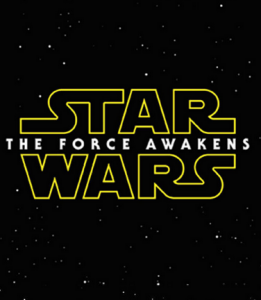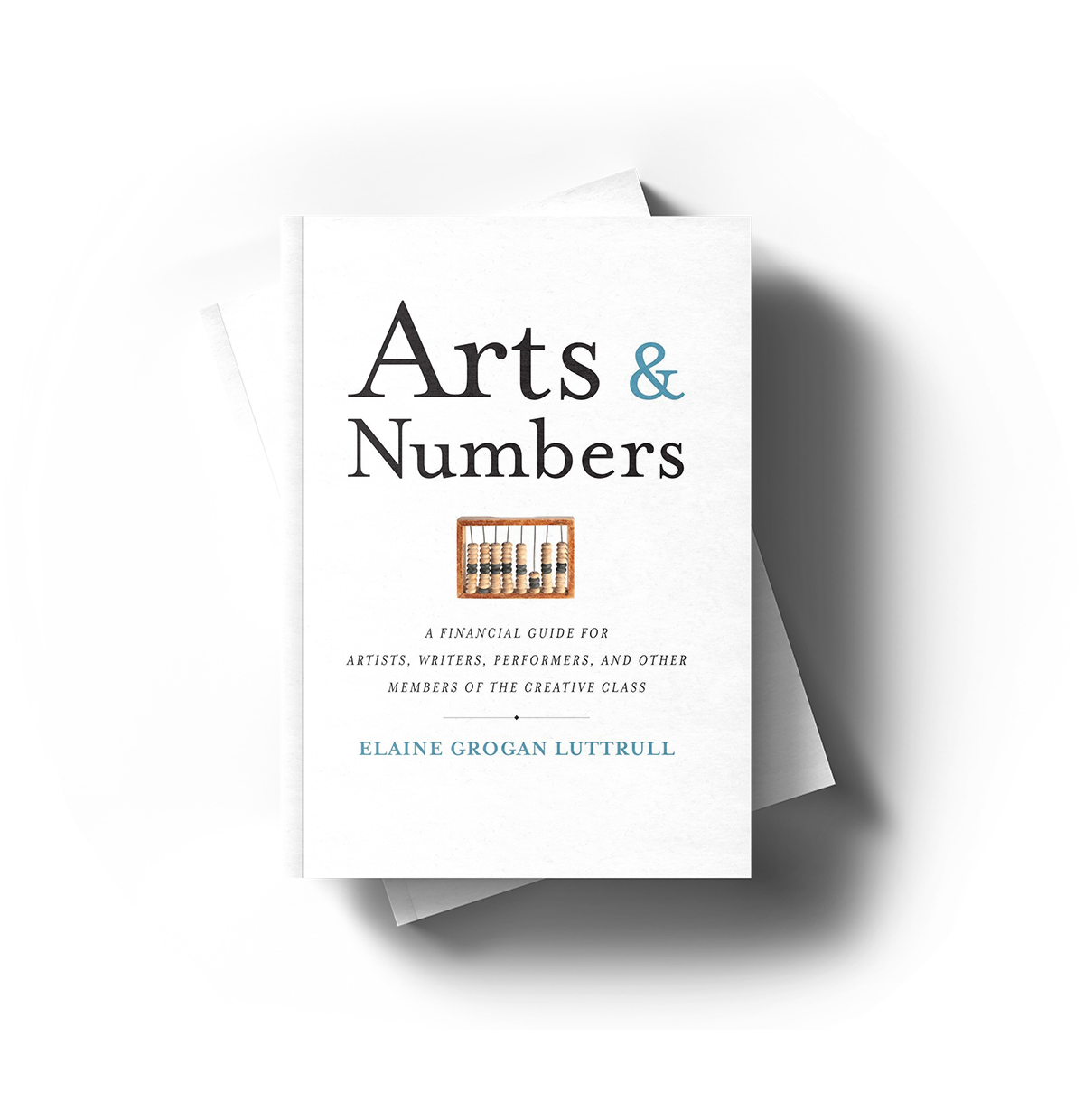December 21, 2015 • Arts Orgs
 Small confession: I don’t go nuts over Star Wars. I knew there was a new Star Wars movie coming out last week, but I didn’t know its name.
Small confession: I don’t go nuts over Star Wars. I knew there was a new Star Wars movie coming out last week, but I didn’t know its name.
That is institutional marketing in action. The brand overall is more powerful than any given show.
The idea of institutional marketing, as developed by Michael Kaiser of the DeVos Institute of Arts Management, and shared with countless arts organizations over time is a powerful one. It borrows a concept from sports and entertainment industries and applies it to the arts. Consider the Cleveland Cavaliers. The team itself has a following, regardless of why they are playing. Having LeBron James helps, of course, and major match-ups and rivalries are certainly celebrated as “anchor events” during the season, but fans love the team regardless of the opponent. Ditto for the New York Yankees. Ditto for the Denver Broncos.
And yet, in the arts, we tend to focus on programmatic marketing, rather than institutional marketing. “Here is our next show!” “Please come support this event!” “Featuring an amazing guest performer!” It is the equivalent of promoting each game during LeBron’s season, rather than the team as a whole.
And it takes a lot more work.
This weekend we saw an incredible example of institutional marketing in action with the release of The Force Awakens, the latest installment in the Star Wars franchise. (And yes, I did look up the title of the film.)
The film collected $238 million its opening weekend. And it cost $350 million to make and market. (Figures from the Times analysis on December 20, 2015.)
Estimates for the marketing spend by Disney vary, but The Wall Street Journal reported a $17 million TV spend (compared to $50 million on average for “blockbusters”). The level of enthusiasm generated for the new film—regardless of the marketing—plus the scores of unsolicited press articles to promote
And yes, the level of integration is absurd—the cereal aisle at our grocery store alone covers all the major characters—but such co-marketing efforts say more about the brands riding the Star Wars wave than they do about the franchise itself.
And let’s reiterate: The marketing is about the institution (Star Wars overall), rather than the movie itself. It’s institutional marketing.
Wouldn’t it be nice if all our arts organizations borrowed the same playbook? And wouldn’t it be nice if it worked? (Spoiler: It does work.)
That’s not to say that Cheerios is desperate to change its Darth Vader box into an opera singer. Just because your arts organization won’t reach the level of brand recognition that Star Wars has doesn’t mean it isn’t useful to appropriate the tactics.
After all, I’ll never be LeBron James, but I occasionally still play HORSE. Let’s not let perfection—or the best in the business standard—keep us from making progress at something that will pay dividends down the road.
May the (institutional marketing) force be with you.


